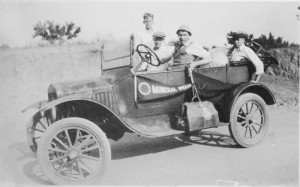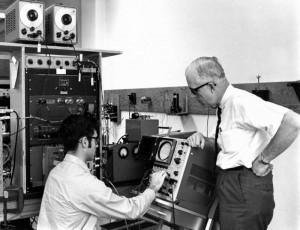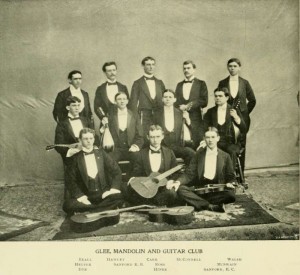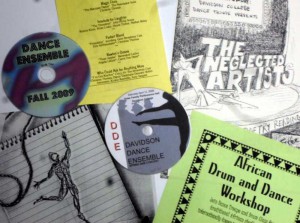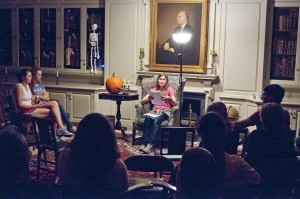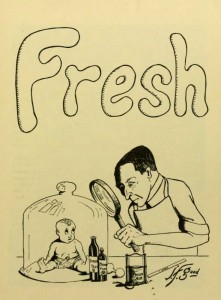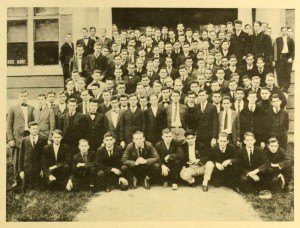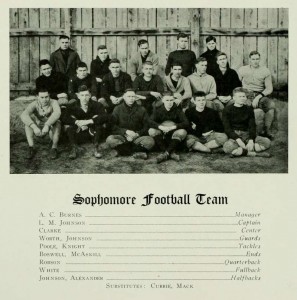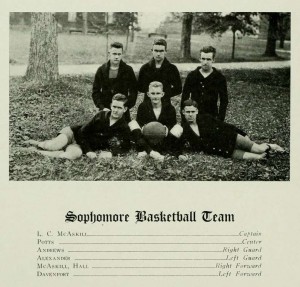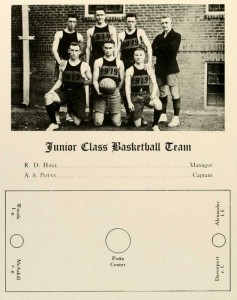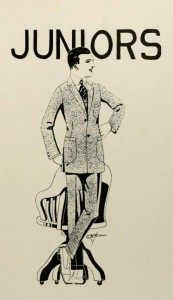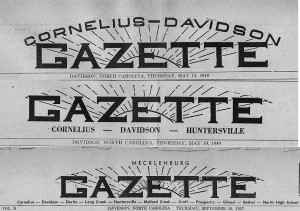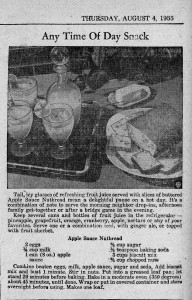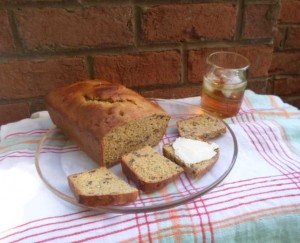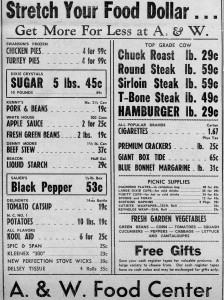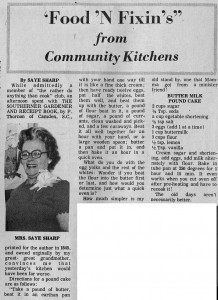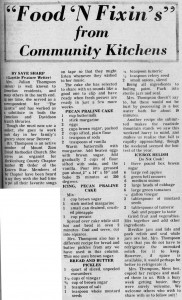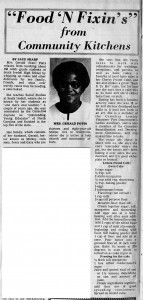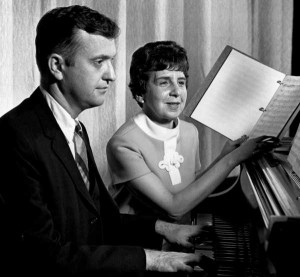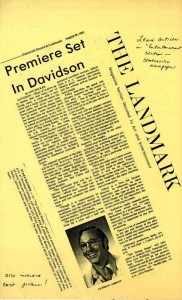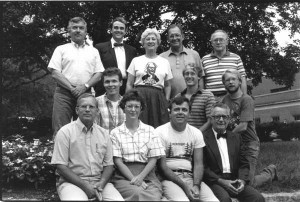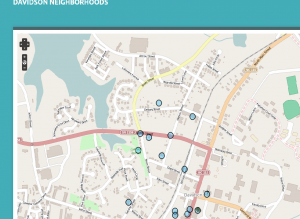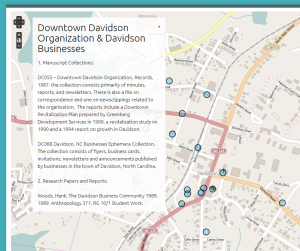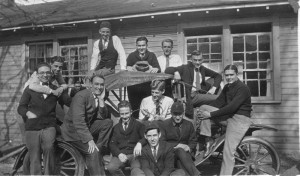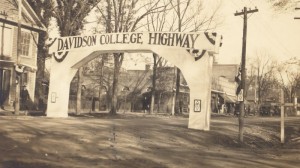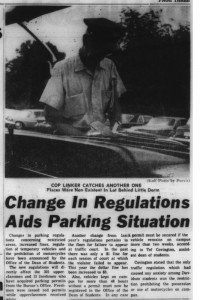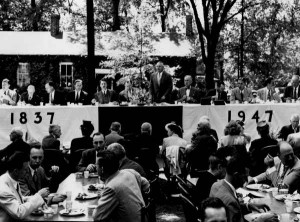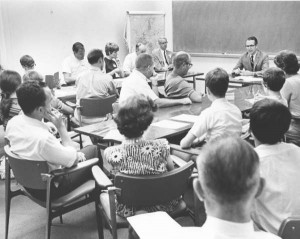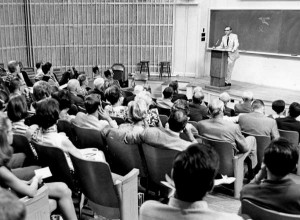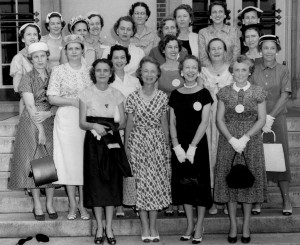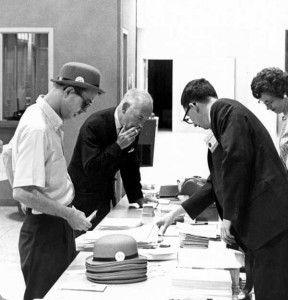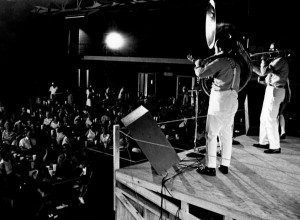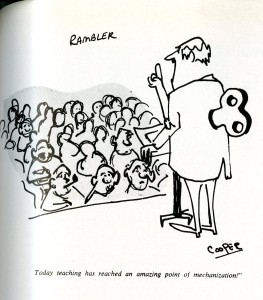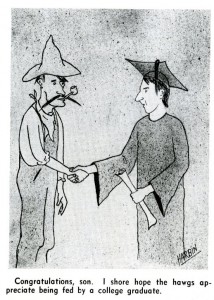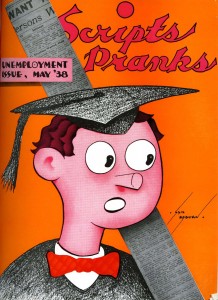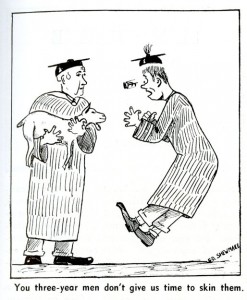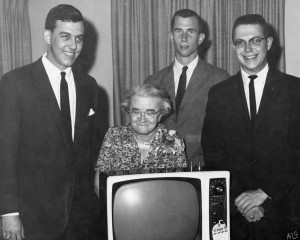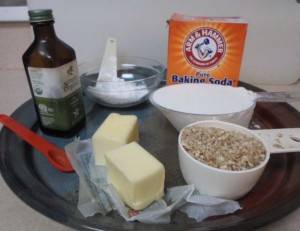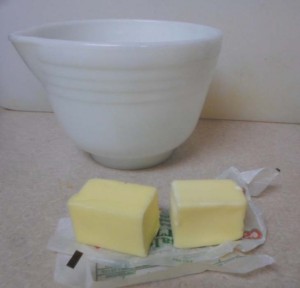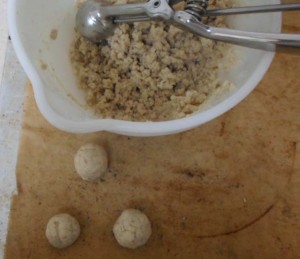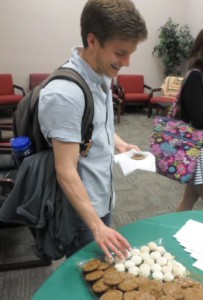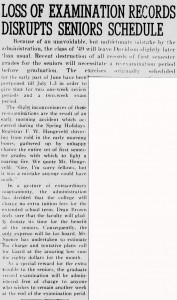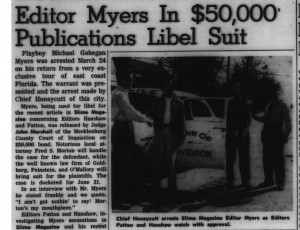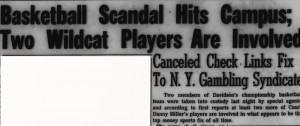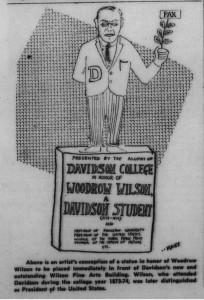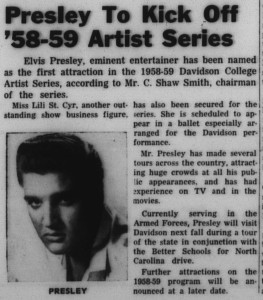Around the D is taking a little stroll in cyberspace. This time next week (on or about September 16th) our online address will change from sites.davidson.edu/aroundthed to davidsonarchivesandspecialcollections.org/aroundthed. We encourage you to redo your RSS feed, update bookmarks and favorites, whatever it takes to keep us connected!
We’re looking forward to a fun fall –including several events for Archives month. The theme for the 2015 Archives Month focuses on Arts, Crafts and Music. First up will be the art of storytelling. On Thursday, October 1 is the launch date for Stories from the Archives. On the first Thursday of each month (those months classes are in session), we’ll open the Rare Book Room at 11:05 and have staff, students and researchers on hand to tell stories from Davidson’s history and our special collections.
Next up is Mandolin Madness. On Monday, October 5th, from 6-7 pm, the Archives and Special Collections space will be filled with mandolin music performed by Karen Hales and Mike Orlando and exhibits on Davidson College’s musical history. Mandolin and Guitar Clubs are some of the earliest known musical groups on campus. We’re delighted to have a 21st century take this bit of harmonical heritage.
Archives month will move out of the library and into the Katherine and Tom Belk Visual Arts Center on Wednesday, October 21 for an interdisciplinary look at the relationships between art, performance, and documentation, particularly in an archival sense. Archivists Jan Blodgett and Caitlin Christian-Lamb will join Gallery Director Lia Newman and Dance professor Alison Bory for an open, free-flowing conversation. This event precedes live performances by three Charlotte-based performance artists in the VAC from 6:00 – 8:00 pm.
On Tuesday, October 27th, ghosts and their stories return to the Rare Book Room for the 7th Annual Ghosts in the Library spooky storytelling fest from 8-9pm. All the events are designed to bring new people into the archives to learn and explore. We’ll also be working with classes and in future blogs will be sharing some student research -so remember to update your link to Around the D.
